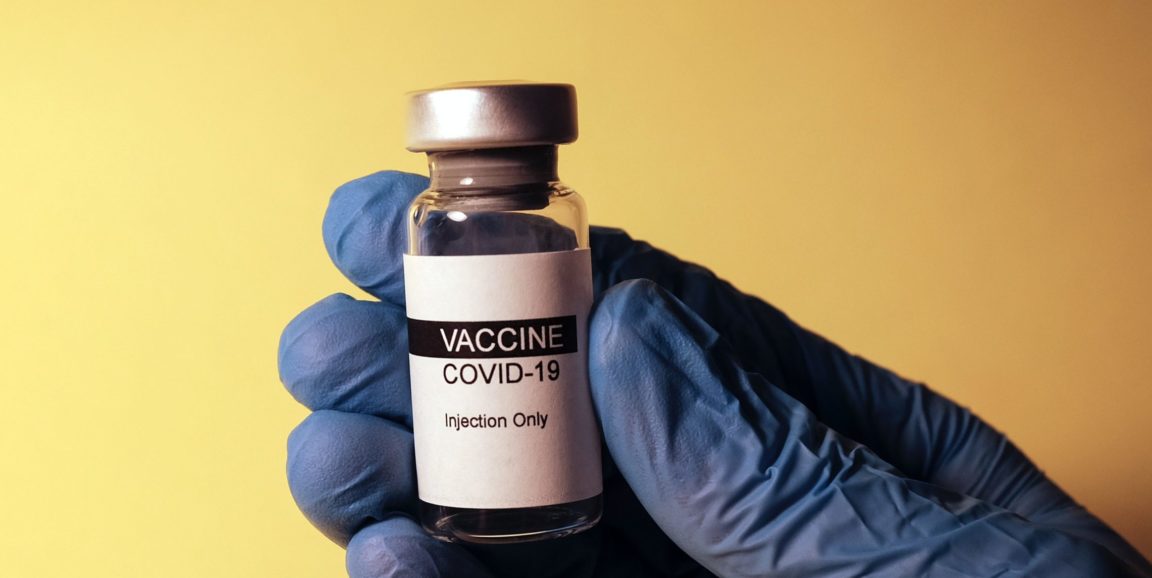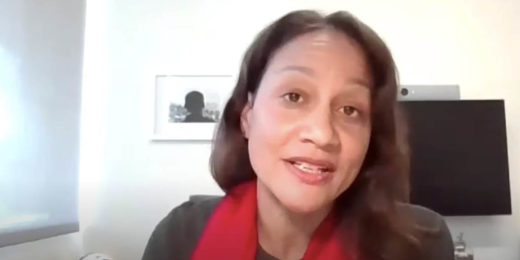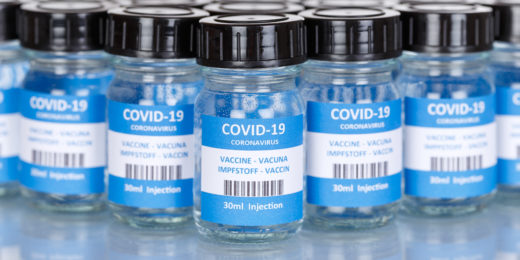Stanford Professor of Medicine Joshua Salomon, PhD, and his colleagues have mapped out an approach to the national distribution of COVID-19 vaccines that they predict would get more Americans fully inoculated sooner and reduce the number of COVID-19 cases compared with the federal government's original strategy.
Because both the Pfizer and Moderna vaccines require two doses, federal officials have been withholding 50% of each week's available supply from immediate distribution to states, with plans to release it three or four weeks later for use as second doses.
But as COVID-19 cases, hospitalizations and deaths reached new highs after the holidays, vaccination in the United States has been well behind schedule. On Tuesday, the U.S. Department of Health and Human Services announced that second doses of the vaccine would no longer be held in reserve.
In a modeling study published Jan. 4 in the Annals of Internal Medicine, Salomon, a core faculty member at Stanford Health Policy, and his colleagues argued that an approach that holds back vaccine doses for later use is too conservative and needlessly delays vaccination for many people who could benefit.
Although the model focused on the first weeks following the introduction of a new vaccine, Salomon told me that extra benefits from a more aggressive strategy for releasing vaccines could still be gained if the national distribution strategy is modified now.
As he and his colleagues wrote in the study: "We find that under most plausible scenarios, a more balanced approach that withholds fewer doses during early distribution, in order to vaccinate more people as soon as possible, could substantially increase the benefits of vaccines, while enabling most to receive second doses on schedule."
Model compares strategies
The team developed a decision analytic cohort model based on the expected supply of the Pfizer vaccine. They compared the fixed strategy that withholds 50% of available supply with a flexible strategy that sets aside only 10% of the supply during the first three weeks, increased to 90% during each of the next three weeks, and 50% thereafter.
The model found that with a steady supply of 6 million doses available each week, 24 million people would receive at least one dose by the eighth week under both strategies. In both strategies, all second doses would be received on time; however, 2.4 million additional people would receive two doses of vaccine under the flexible plan because millions more would receive an initial dose during the first three weeks.
Additionally, the flexible strategy would prevent 23% to 29% more COVID-19 cases than the fixed strategy over two months, according to the study's estimates.
If vaccine supply dropped by half starting in week four, fewer people would be vaccinated in both strategies, according to the model. But the flexible strategy would still be more beneficial than the fixed strategy, preventing 27% to 32% more COVID-19 cases than the fixed strategy.
Flexible strategy is more beneficial even if vaccine supply decreases
The alternate strategy would not cause delays for receiving the second dose, as long as there was a steady supply of vaccine, Salomon told me. However, if production of vaccines were to decrease, the allocation of new supply could be adjusted to prioritize second doses, in order to ensure that people could complete their vaccination series on schedule.
Salomon emphasized that the study does notsuggest changing the authorized dosing regime or deliberately delaying second doses.
"Our goal is to have everybody receive the second dose on schedule, which is easy to ensure if the supply is relatively stable," said Salomon, who is the director of the Prevention Policy Modeling Lab:
If vaccine supply declines unexpectedly, allocation plans might need to be adapted further to avoid delays in receiving second doses. But we found, across a wide range of supply scenarios, that it's possible to get greater benefits by taking a more strategic approach to releasing available supply, while still enabling most people to complete their two-dose schedule in the same way that the trial participants did.
Photo by Hakan Nural






